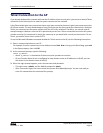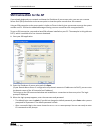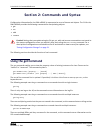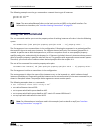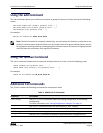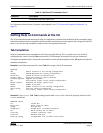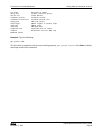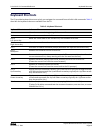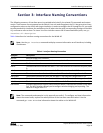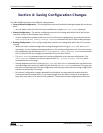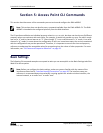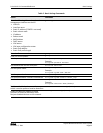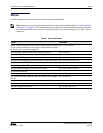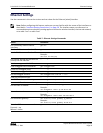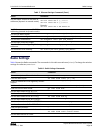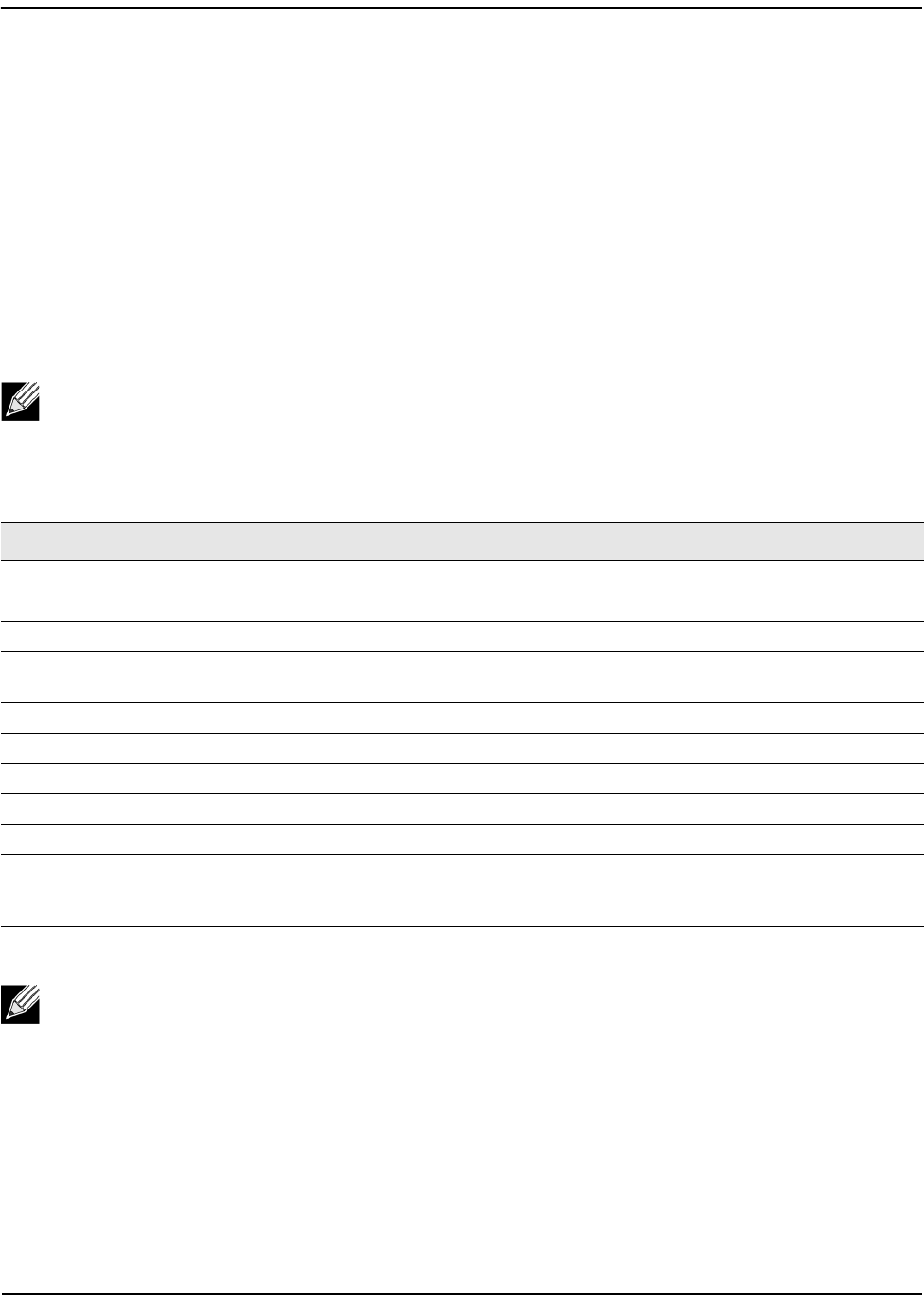
Interface Naming Conventions
D-Link Unified Wired and Wireless Access System
November 7, 2011 Page 20
D-Link UAP CLI Command Reference
Section 3: Interface Naming Conventions
The following summary of interface names is provided to help clarify the related CLI commands and output
results. These names are not exposed on the Web UI, but are used throughout the CLI. You get and set many
configuration values on the AP by referring to interfaces. In order to configure the AP through the CLI, you need
to understand which interfaces are available on the AP, what role they play (corresponding settings on the Web
UI), and how to refer to them. To view a list of the interface names and an associated description, use
get
interface all description
.
Table 4 describes the interface naming conventions for the WLAN AP.
Note: Use the get interface command to display common information on all interfaces, including
IP addresses.
Table 4: Interface Naming Convention
Interface Description
brtrunk Internal bridge trunk interface.
lo Local loopback for data meant for the access point itself.
eth0 The Ethernet interface connected to the Internal network.
wlan0 The default wireless interface on radio 1. This is the interface for virtual access point (VAP)
0.
wlan1 The default wireless interface on radio 2. This is the interface for VAP 0.
wlan0vapx The wireless interface for the x VAP on radio 1. The value for x ranges from 1–15.
wlan1vapx The wireless interface for the x VAP on radio 2. The value for x ranges from 1–15.
wlan0bssvapx The basic service set interface for the x VAP on radio 1. The value for x ranges from 0–15.
wlan1bssvapx The basic service set interface for the x VAP on radio 2. The value for x ranges from 0–15.
wlan0wdsx A wireless distribution system (WDS) interface where x indicates the number of the WDS
link. The WDS interface allows you to configure wireless bridging and repeating. The
value for x ranges from 0–3.
Note: The commands and examples in this appendix use radio 1. To configure and view information
about the second radio, replace the wlan0 portion of the interface name with wlan1. Use the
command
get radio all to view information about the radios on the WLAN AP.



